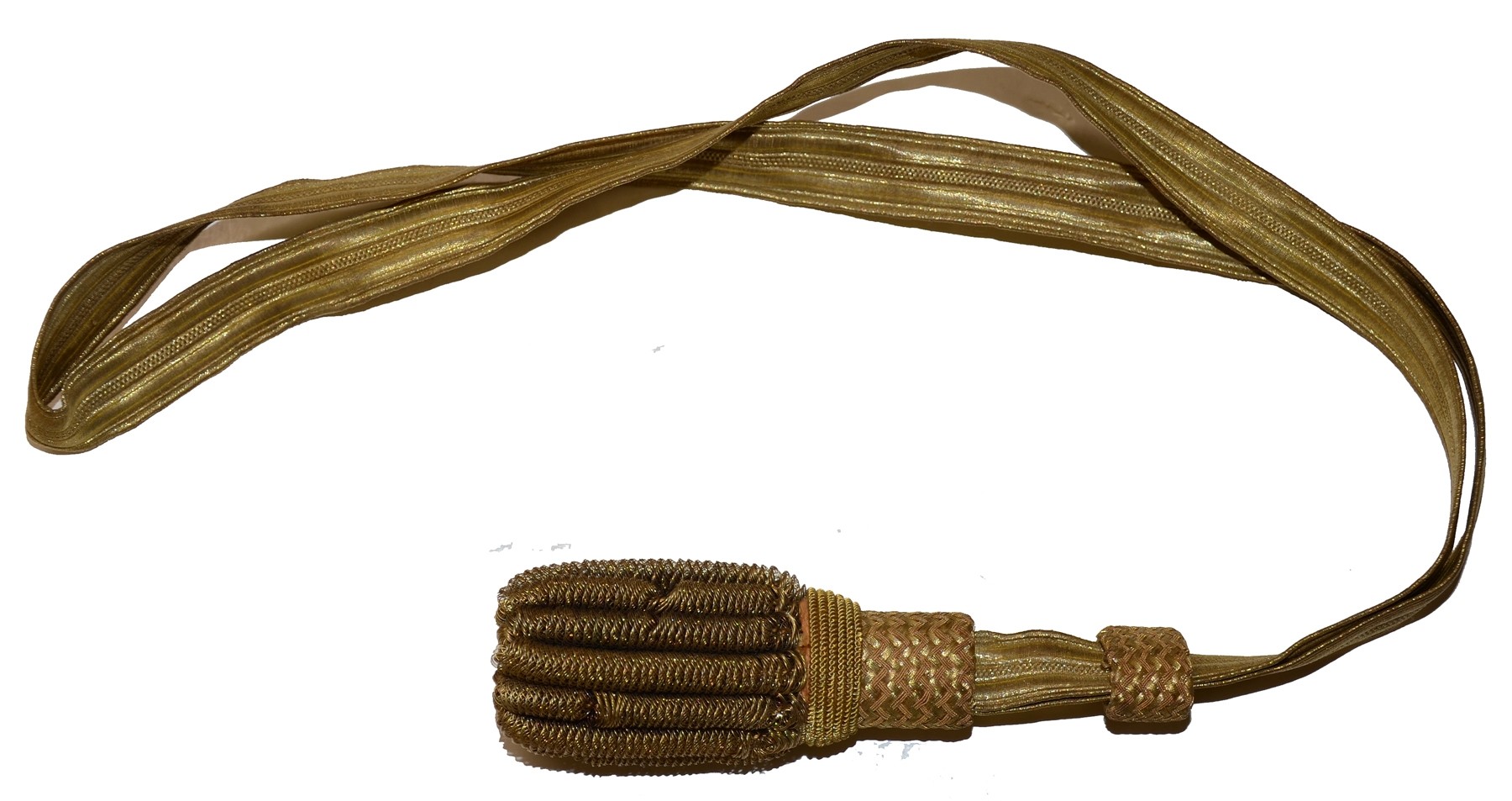
While the design was impractical for actual combat, it is believed that artillerymen put this weapon to other uses, such as clearing brush or creating trails. It replaced the earlier Starr pattern sword used throughout the 1820s. As most artillery regiments were trained and equipped as infantry prior to 1861 a single weapon for both types of troops made sense. It was the issue sword for sergeants and musicians of infantry regiments from 1832 until 1840. As a personal side arm, it was intended for use by the regular or foot artillery regiments of the United States Army and remained in service until 1872 for use of foot artillerymen. Horstmann & Sons of Philadelphia, Pennsylvania.

In later years, it was also imported and supplied by W.H. with the Ames Manufacturing Company of Springfield (later Chicopee), Massachusetts, with production starting in 1832. This model was the first sword contracted by the U.S. Model 1832 foot artillery short-sword has a 6-inch (15 cm) solid brass hilt, a 4-inch (10 cm) crossguard, and a blade usually 19 inches (48 cm) in length. The Model 1832 foot artillery sword was a 25-inch (64 cm) short-sword with a straight, double-edged blade and brass-mounted leather scabbard. Hull U.S.N.” on one side and a trophy of crossed flags, a shield, a drum, a spear and trumpet on the other.Short-sword Model 1832 foot artillery sword The original scabbard, now deteriorating, still retains its original throat locket and middle band of gilt brass, along with their suspension rings. The ivory grip is wrapped with gilt wire. Shield-shaped langets cast with an eagle clutching an anchor in a shield (the same device found on naval buttons of the period) flank the plain, double-edged blade’s ricasso. The eagle pommel, cast in high relief, supports an engraved stirrup guard that terminates in a quillion (the crossguard) with a forward-inclined ball. The elegant decoration of the sword speaks to its role as a symbol.

This sword has a relatively short blade length of 21 5/8-inches, though it was likely a handy length for shipboard wear. The sword was the physical embodiment of Hull’s honor as a gentleman and an officer in the United States Navy. Typical of those worn by American Naval officers at the time, this style of sword is more a ceremonial mark of office rather than a practical fighting weapon. This elaborate sword once belonged to Captain Isaac Hull, who commanded USS Constitution during the War of 1812.


 0 kommentar(er)
0 kommentar(er)
